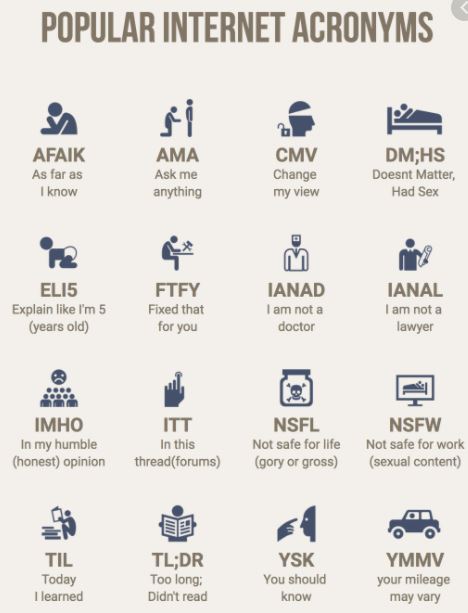Business Glossary
Words are at the core of all human concepts. They are the very things that distinguish us from animals – our ability to attach meaning to a sequence of sounds that manifest as words. As a analyst you will be expressing requirements in words to your developers. Here are some of my tips on working with Glossaries :
1 – If you’re new to the project create a simple excel glossary as a working document and add words and concepts you come across as you go along. Then as you flesh out the glossary over time make it available to all Stakeholders and inform them of it’s existence. You’ be surprised how many people who assumed they understood the meaning a term actually misunderstood it all along. A Single term could have many different meanings for any two people. Within the glossary you make sure to define the context of each word / term and describe the meaning of the word or term. This makes sure that you have a common language to that can be used to communicate and exchange ideas.
2 – Never assume the meaning of a word / term when interacting with your stakeholders. Always stop and ask if you do not know the context of a term. It’s human nature not to want to look stupid to ask a obvious question. But always ask. Don’t let your ego get in the way.

3 – Make sure the glossary is Readily Available to all stakeholders and organised in such a way that unknown terms are accessible easily for anyone who is unsure of a term. Remember that within an organisation a term might be used or understood differently than the common definition as set by the industry.
You will also find various words that are only used inside the organisation and not a standard in the industry at all make up their own words that are used within the organisation. These definitions are often unchallenged and just accepted. But if you don’t have the context of the term you might misunderstand the meaning of the word unless explicitly defined.
Glossaries should always be done in the early stages of the project and maintained throughout the project. They help greatly to facilitate knowledge transfer and understanding.
4 – Always include synonyms for the terms within the glossary
5 – Always include Acronyms. You’ll find that within an organisation there are countless acronyms being thrown around. The people at the organisation have been around forever and they understand the context of the acronym completely – always stop and ask the full definition and word element of an acronym.

6 – Always make sure that your glossary terms can be traced to data definitions and data models.

What Kind of terms should be included in a Glossary?
- Term unique to the domain / organisation
- Acronymns
- Terms used outside of the general deifniton of the term
- Any term where there is a chance of misunderstanding.
Pros of a Glossary
- Helps get a common understanding / avoids misunderstanding
- Creates better communication between stakeholders
- Simplifies writing and maintenance of requirements, business rules, data modelling & change strategy
Cons of a Glossary
- Requires maintenance (can become outdated if not updated)
- It might be quite hard getting stakeholders to agree to the meaning of a term.